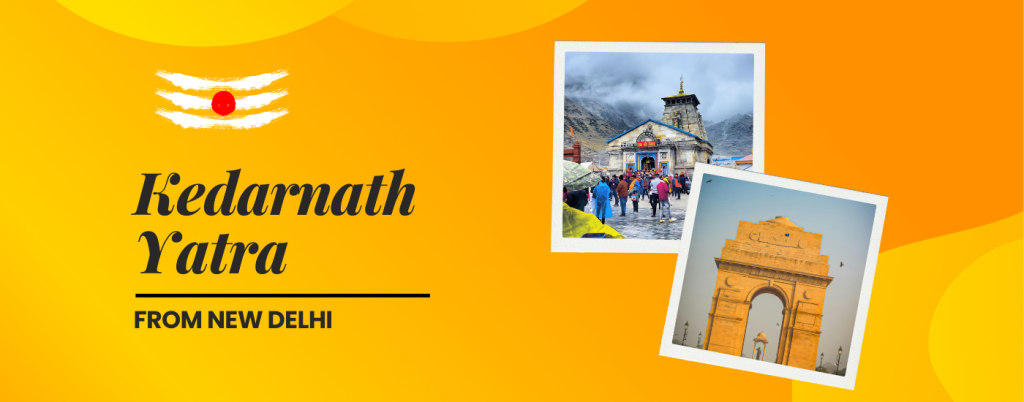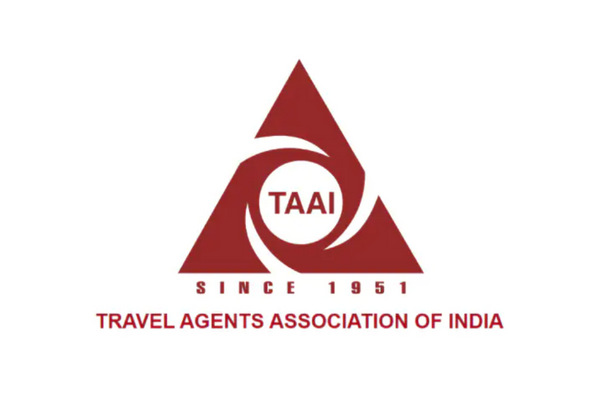
Are you looking for the best places to visit near Kedarnath? Kedarnath, nestled in the Garhwal Himalayas, is one of the holiest pilgrimage sites in India and a part of the Chardham Yatra Places. While the main temple attracts lakhs of devotees each year, there’s more to this region than the revered shrine. The surrounding areas offer a rich blend of spirituality, breathtaking natural beauty, and deep cultural heritage.
Exploring the places to visit near Kedarnath not only deepens the spiritual journey but also allows travelers to experience the untamed charm of Uttarakhand. From ancient temples perched on high-altitude cliffs to serene lakes glistening under the Himalayan sky, this region is a treasure trove for nature lovers and spiritual seekers alike.
The Sacred Panch Kedar Circuit

Tungnath – The World’s Highest Shiva Temple
Situated at an altitude of over 3,600 meters, Tungnath is the highest Shiva temple in the world and a must-visit for pilgrims traveling near Kedarnath. The trek to Tungnath is relatively easy, making it a popular day trip from Chopta. The views of Nanda Devi and Chaukhamba peaks from here are nothing short of magical. It’s often included in Chardham helicopter packages due to its spiritual relevance. The trek to Tungnath is relatively easy, making it a popular day trip from Chopta.
Rudranath – The Forest Shrine
Rudranath lies deep within dense forests and alpine meadows. It’s believed to be the place where Lord Shiva’s face appeared. The journey to Rudranath is more challenging, rewarding travelers with solitude and pristine Himalayan scenery.
Madhyamaheshwar – Serene and Sacred
Located in the Mansuna village, Madhyamaheshwar is surrounded by lush green valleys and snow-capped peaks. This is where the navel (Madhya) of Lord Shiva is worshipped. The trek to this shrine is ideal for adventure and solitude seekers.
Kalpeshwar – The Hair of Shiva
The only Panch Kedar shrine accessible throughout the year, Kalpeshwar is revered as the location where Lord Shiva’s hair appeared. A peaceful trail leads through villages and forests to this lesser-known but spiritually intense destination.
Char Dham Yatra Detours
Badrinath – A Vishnu Pilgrimage
Just a few hours away by road, Badrinath is another jewel of Uttarakhand’s spiritual heritage. Dedicated to Lord Vishnu, this temple sits amidst towering Himalayan peaks and near the sacred Alaknanda River. Many pilgrims ask how to reach Badrinath after Kedarnath, and for them, VIP helicopter service options are also available for quick travel
Yamunotri and Gangotri
Although a bit farther from Kedarnath, Yamunotri and Gangotri—sources of the Yamuna and Ganges rivers—make for enriching detours. Both places offer unparalleled spiritual ambience and awe-inspiring landscapes.


Picturesque Natural Attractions Near Kedarnath
Vasuki Tal—Glacial Lake at High Altitude
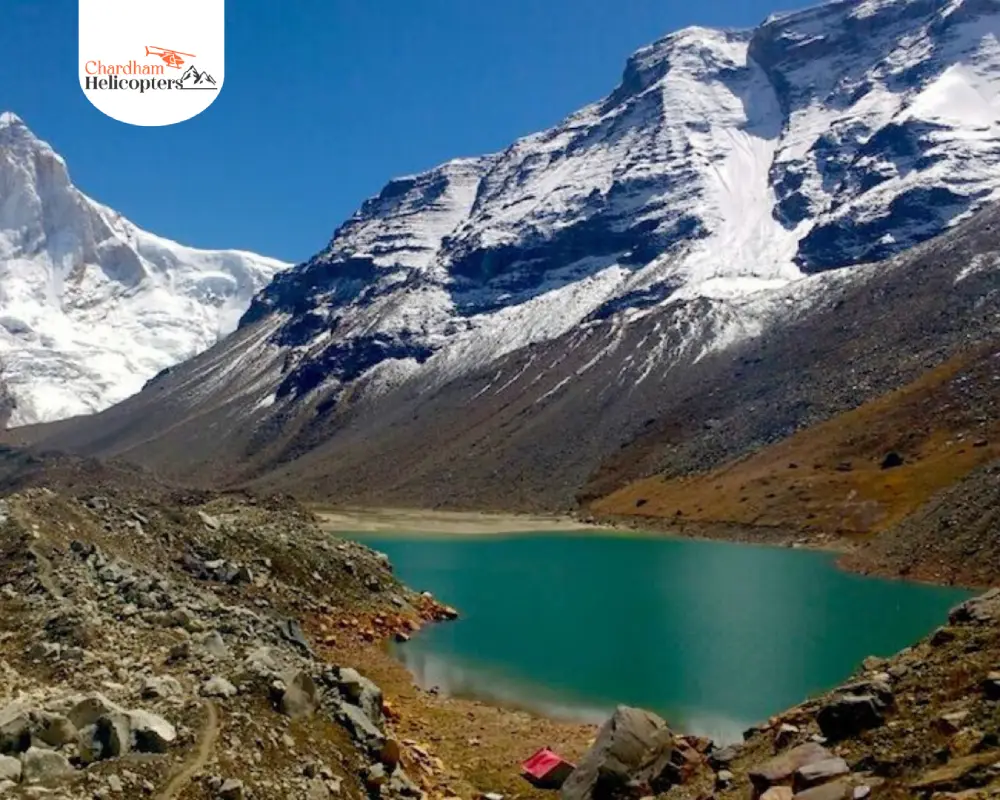
At an elevation of about 4,150 meters, Vasuki Tal is a glacial lake that can be reached via a 6–7 km trek from Kedarnath. The crystal-clear waters reflect surrounding snow peaks, offering a pristine and untouched environment.
Chorabari Tal (Gandhi Sarovar)
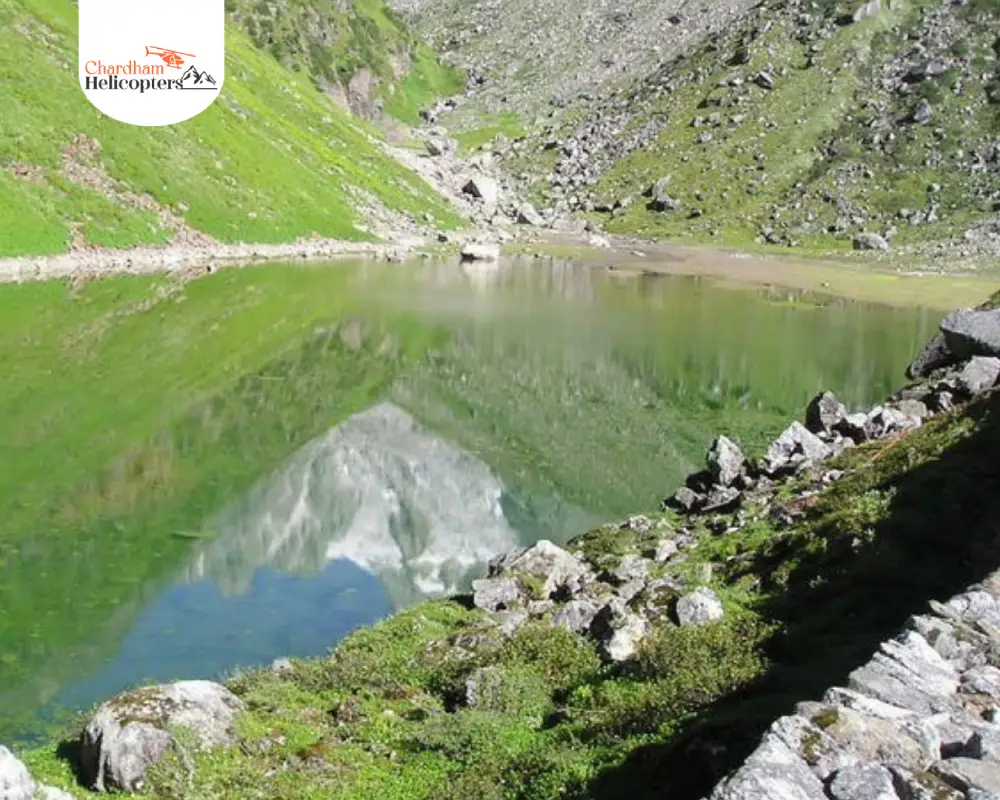
This small glacial lake lies just 3 km from Kedarnath Temple. It’s believed that the ashes of Mahatma Gandhi were immersed here, giving it the name Gandhi Sarovar.
Gaurikund—Base Camp with Mythical Past
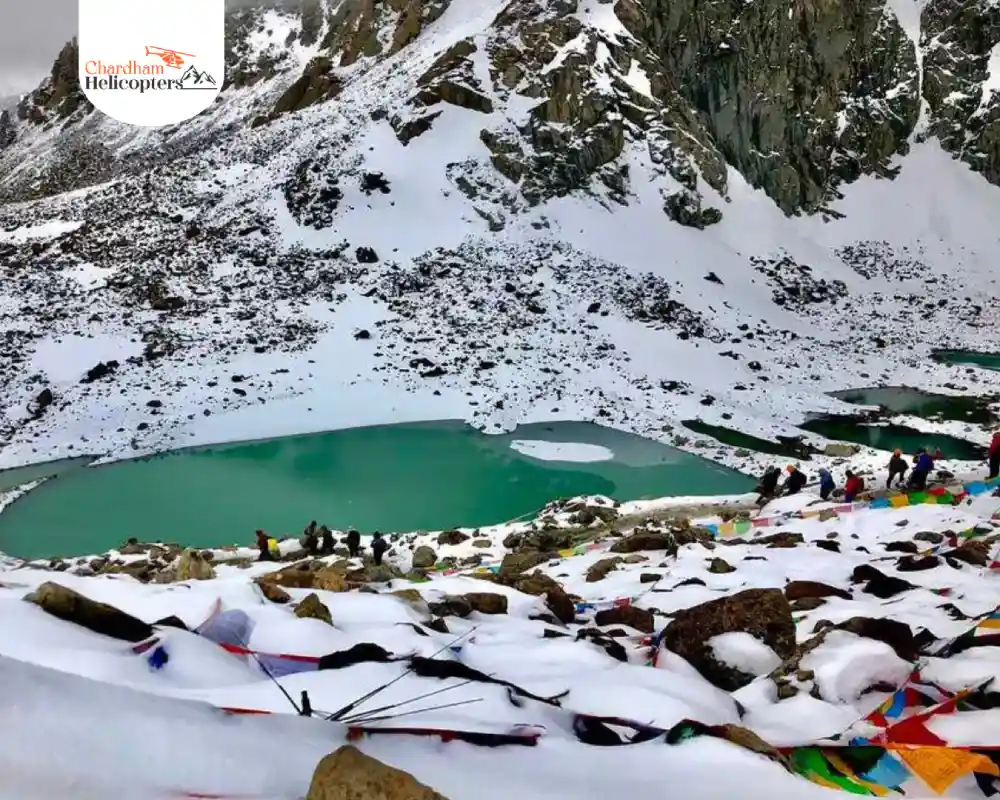 Before the 16 km trek to Kedarnath starts, pilgrims gather at Gaurikund, where Goddess Parvati is believed to have meditated for Lord Shiva. It also has natural hot springs, perfect for a warm bath before the ascent.
Before the 16 km trek to Kedarnath starts, pilgrims gather at Gaurikund, where Goddess Parvati is believed to have meditated for Lord Shiva. It also has natural hot springs, perfect for a warm bath before the ascent.
Offbeat Yet Beautiful Villages
Guptkashi – Gateway to Kedarnath
Located about 47 km from Kedarnath, Guptkashi offers a quieter alternative with its temples, local markets, and stunning mountain views. It’s also famous for the Ardhnarishwar Temple.
Triyuginarayan – Mythological Marriage Site
Known as the site where Lord Shiva and Goddess Parvati got married, Triyuginarayan Temple is a unique mythological destination. The eternal fire that is said to have witnessed the marriage still burns in the temple.
Sonprayag – A Tranquil Stopover
Sonprayag, located at the confluence of the Basuki and Mandakini Rivers, serves as a peaceful resting place with panoramic views and spiritual ambiance.
Himalayan Treks and Nature Trails
Kedarnath Wildlife Sanctuary
Home to rare Himalayan flora and fauna, this sanctuary surrounds Kedarnath and is a haven for nature enthusiasts. Sightings of musk deer, snow leopards, and Himalayan monals are possible.
Deoria Tal Trek
A short but enchanting trek leads to Deoria Tal, a lake known for its reflections of the Chaukhamba peaks. Ideal for beginners and photographers alike.
Chopta Trek – The Mini Switzerland
Called the “Mini Switzerland of India,” Chopta is a meadow ringed with alpine forests and serves as the base for the Tungnath and Chandrashila treks.
How to Get Around Safely
- Shared jeeps and local buses run from Rishikesh, Haridwar, and Rudraprayag to Gaurikund and surrounding areas.
- Helicopter services are available for Kedarnath from Phata, Sersi, and Guptkashi.
- For trekking routes, hire certified guides and carry proper gear, especially at high altitudes.
- Always keep a valid ID, medical kit, and essential medicines handy.
4 dham Yatra FAQ'S :
Que.1: Is it possible to cover all nearby places in one trip?
Ans. - Yes, with good planning. A 7–10 day itinerary can cover Kedarnath, Chopta, Tungnath, Triyuginarayan, and Guptkashi comfortably. You can consider for the Helicopter Yatra for Chardham and Dodham for a quick and hassle-free experience.
Que.2 - Do I need permission to trek to Vasuki Tal or Rudranath?
Ans. - Currently, there’s no official permit required for these treks, but registering with the forest department or local tourism office is highly recommended.
Que.3: What are the Panch Kedar temples and their significance?
Ans. - The Panch Kedar temples are five sacred shrines of Lord Shiva—Kedarnath, Tungnath, Rudranath, Madhyamaheshwar, and Kalpeshwar—each representing a different form of the deity.
Que.4: Are there any guided tours for exploring places around Kedarnath?
Ans. - Yes, many local operators offer guided spiritual and adventure packages, especially from Rishikesh, Haridwar, and Rudraprayag.
Final Thoughts and Travel Summary
The divine town of Kedarnath is only the beginning of an extraordinary journey. Exploring the places to visit near Kedarnath opens up a world where spirituality meets serenity, and mythology intertwines with nature.
Whether you’re a pilgrim seeking moksha or a traveler looking for Himalayan adventures, this region offers a memorable experience filled with devotion, beauty, and warmth.
Don’t just visit Kedarnath—immerse yourself in the stories, trails, and temples surrounding it. You’ll return with not just photos, but a soul-stirring story of your own.
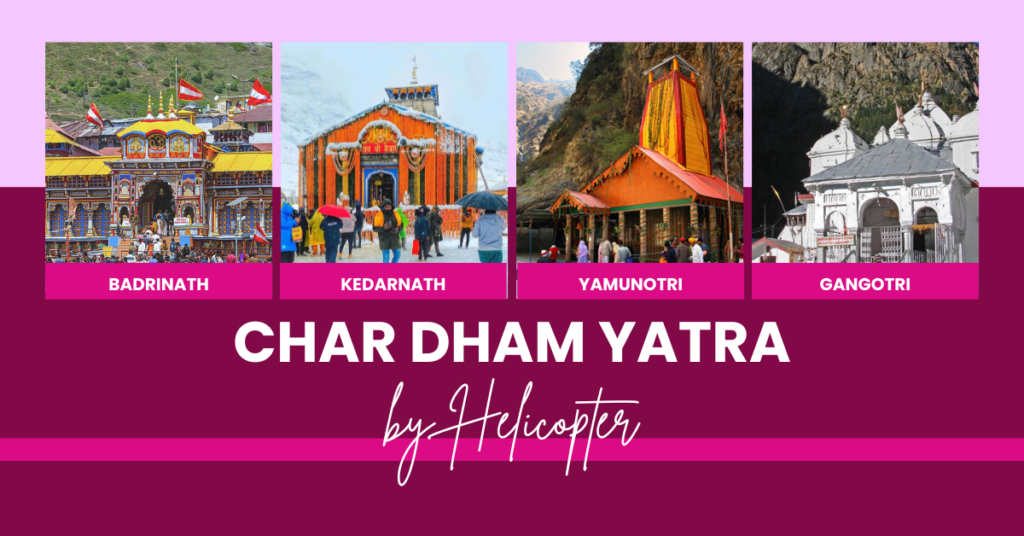

Popular Tours

